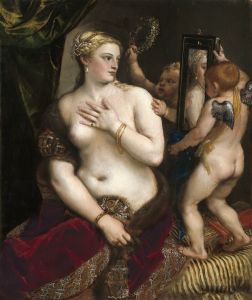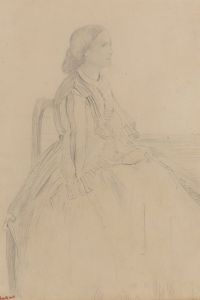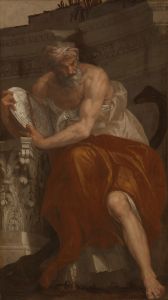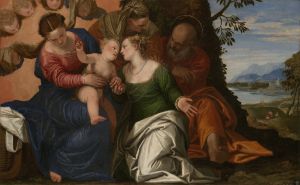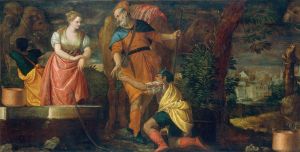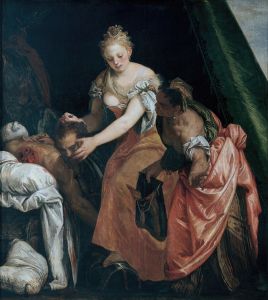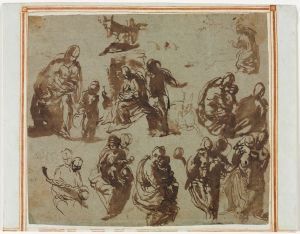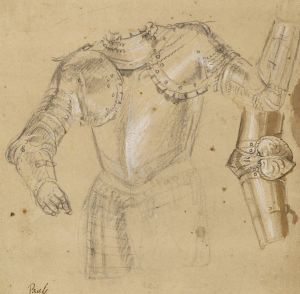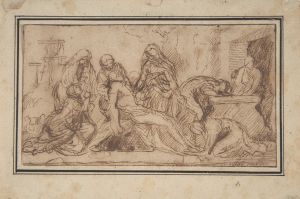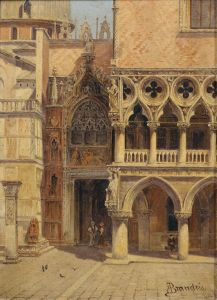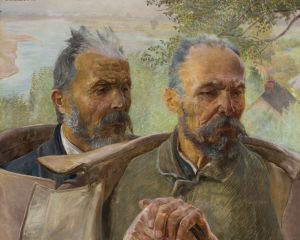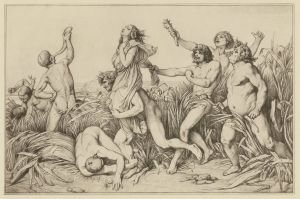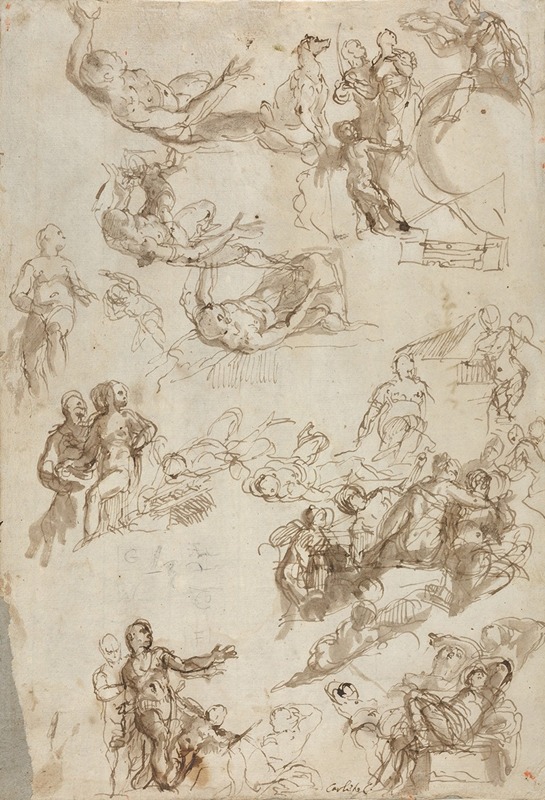
Studies for The Allegories of Love
A hand-painted replica of Paolo Veronese’s masterpiece Studies for The Allegories of Love, meticulously crafted by professional artists to capture the true essence of the original. Each piece is created with museum-quality canvas and rare mineral pigments, carefully painted by experienced artists with delicate brushstrokes and rich, layered colors to perfectly recreate the texture of the original artwork. Unlike machine-printed reproductions, this hand-painted version brings the painting to life, infused with the artist’s emotions and skill in every stroke. Whether for personal collection or home decoration, it instantly elevates the artistic atmosphere of any space.
Paolo Veronese, an eminent Italian Renaissance painter, is renowned for his grandiose and vibrant compositions. Among his notable works are the "Allegories of Love," a series of paintings that exemplify his mastery in depicting complex allegorical themes with vivid detail and color. The "Studies for The Allegories of Love" are preparatory works that Veronese created as part of his process in developing the final series. These studies provide valuable insight into the artist's creative process and his approach to composition and thematic development.
The "Allegories of Love" series, completed around the mid-1570s, was commissioned for the Villa Barbaro at Maser, a masterpiece of Palladian architecture. The series consists of four large canvases: "The Pursuit," "The Meeting," "The Respect," and "The Happy Union." Each painting explores different facets of love, depicted through mythological and allegorical figures, a common practice in Renaissance art to convey complex human emotions and moral lessons.
Veronese's studies for these works likely involved detailed sketches and smaller paintings, where he experimented with the arrangement of figures, the interplay of light and shadow, and the use of color to convey mood and narrative. These preparatory works would have been essential for Veronese to refine his ideas and ensure the coherence and impact of the final compositions.
The studies reveal Veronese's meticulous attention to detail and his ability to balance multiple figures within a harmonious composition. His use of perspective and architectural elements often serves to guide the viewer's eye through the narrative, creating a dynamic interaction between the characters and their environment. The studies also highlight Veronese's skill in rendering textures and fabrics, which add to the richness and realism of the scenes.
While the final "Allegories of Love" series is celebrated for its opulence and complexity, the studies themselves are invaluable for understanding Veronese's artistic process. They demonstrate his ability to translate abstract concepts into visual form, a skill that has cemented his reputation as one of the leading painters of the Venetian Renaissance.
The studies for "The Allegories of Love" are not only significant for their artistic merit but also for their contribution to the broader understanding of Renaissance art. They offer a glimpse into the methods of a master painter and the cultural context in which he worked. Through these preparatory works, we gain insight into the themes and techniques that define Veronese's oeuvre and the artistic innovations of his time.
In summary, the "Studies for The Allegories of Love" by Paolo Veronese are an essential component of his artistic legacy. They provide a window into the creative process of one of the Renaissance's most celebrated artists, illustrating his approach to composition, narrative, and the allegorical depiction of love. These studies are a testament to Veronese's enduring influence on the art world and his ability to capture the complexities of human emotion through the medium of paint.





